Brand check: Sprite relaunch - Finally fresh?!
When the client and the agency responsible give a brand a fresh kick, the ideal result is something like the current Sprite relaunch - for me, one of the best brand relaunches of 2022 so far! Sprite, launched in 1961 and present in Switzerland since 1968, is the second largest brand of the Coca Cola Company with twenty billion in annual sales - [...]
 When the client and the supporting agency give a brand a fresh kick, the ideal result is something like the current relaunch of Sprite - for me one of the best brand relaunches of 2022 so far!
When the client and the supporting agency give a brand a fresh kick, the ideal result is something like the current relaunch of Sprite - for me one of the best brand relaunches of 2022 so far!
Sprite, launched in 1961 and present in Switzerland since 1968, is the second largest brand of the Coca Cola Company with twenty billion in annual sales - and has tried to reinvent itself eleven times since the "Swinging Sixties". In the last eight years alone, there have been three revisions: Sprite was a brand in search of itself, caught in the staccato of visual trends.
This time, however, there was no branding piecemeal along with formal gimmickry, but a global brand platform was created that combines visual quality and content. The concept: "Heat happens. Global Brand Director Shrenik Dasani talks about being the brand for a cool head in a "heated", fast-moving world (whether this means involuntarily adopting a shrugging attitude towards global warming is something I'll leave uncommented. In any case, the bottles are now truly recyclable for the first time!).
The professionals from TurnerDuckworth (London, San Francisco) are responsible for the global relaunch of the brand and design starting this summer: It was they who developed the legendary Coke relaunch in 2008 (Cannes Design Grand Prix included). TD cleans up and strengthens the assets that really create character: Sprite comes across more purist than ever. White and black lettering on a green background distinguishes between "Classic" and "Sugar-free" (just like Coke); the bottle is clear and can thus be recycled globally. All brand elements are given a function and subordinate to the XL word mark. This is a trend with which many consumer brands are currently generating "shelf impact" in retail and online. This XL word mark was also used to develop a special decorative font; each ad thus becomes a brand ambassador in detail.
Conclusion: Sprite has managed to release new power and modernity from simplicity. Freshness drips from every pore of the visual appearance. Cheers













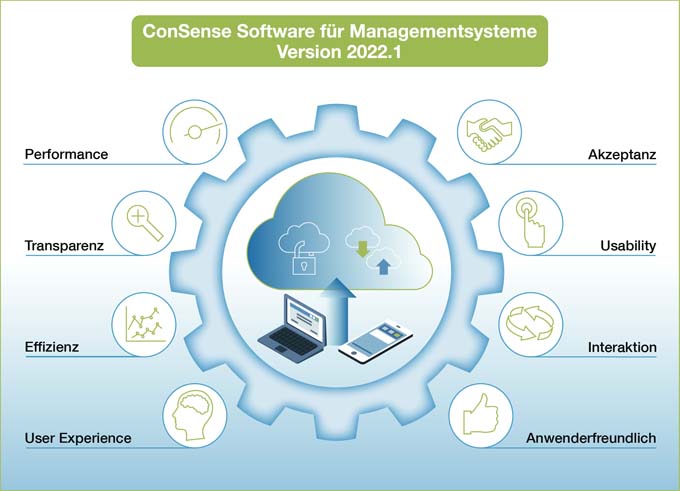

 The market in which Adnovum operates is changing rapidly. Therefore, the leadership team around CEO Thomas Zangerl decided on a brand refresh, based on the new orientation of the company. The new brand should continue to reflect the company's core competencies, but also make it tangible that market orientation and collaboration in working with customers are gaining strongly in importance in the new Adnovum era.
The market in which Adnovum operates is changing rapidly. Therefore, the leadership team around CEO Thomas Zangerl decided on a brand refresh, based on the new orientation of the company. The new brand should continue to reflect the company's core competencies, but also make it tangible that market orientation and collaboration in working with customers are gaining strongly in importance in the new Adnovum era.



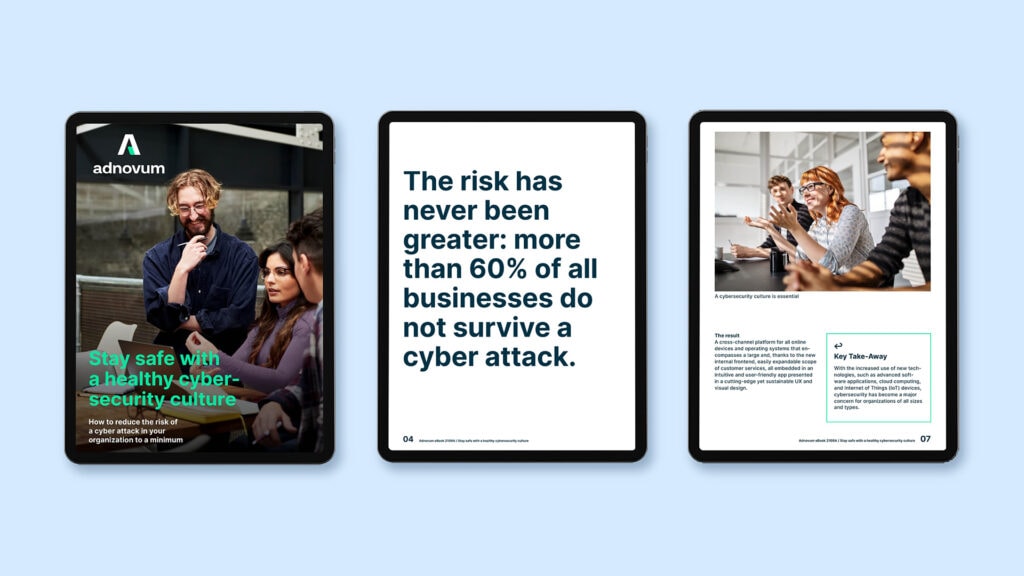

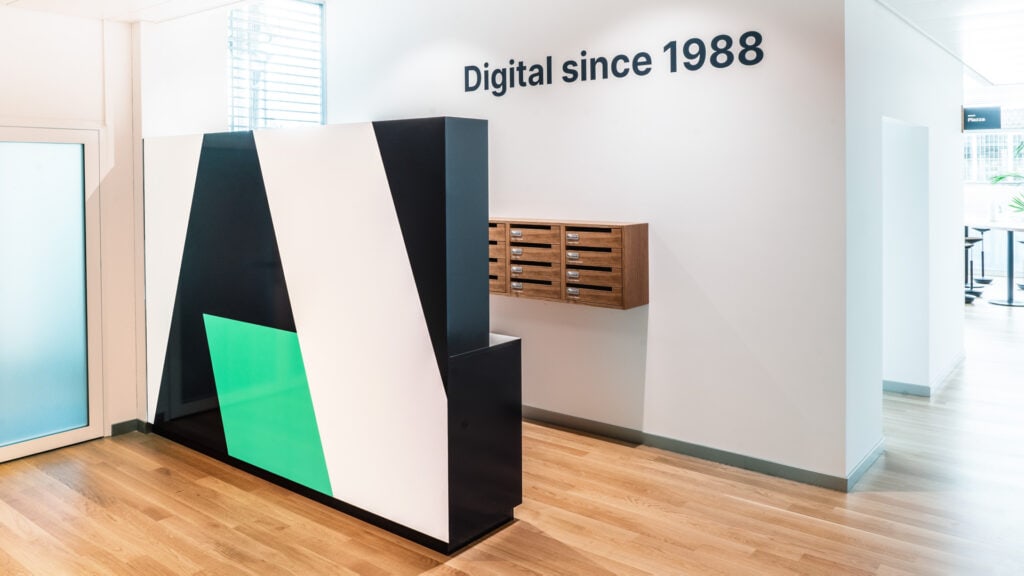
 The public offers are to be made better known and anchored in the population. For the congress area, business customers are addressed. The core of the overall appearance is an identity-creating illustration, which appears in excerpts on all communication media. With the new naming and corporate design, letterheads, signaling, flyers and a new website were developed. There, users can find the landing pages of the various offers.
The public offers are to be made better known and anchored in the population. For the congress area, business customers are addressed. The core of the overall appearance is an identity-creating illustration, which appears in excerpts on all communication media. With the new naming and corporate design, letterheads, signaling, flyers and a new website were developed. There, users can find the landing pages of the various offers.





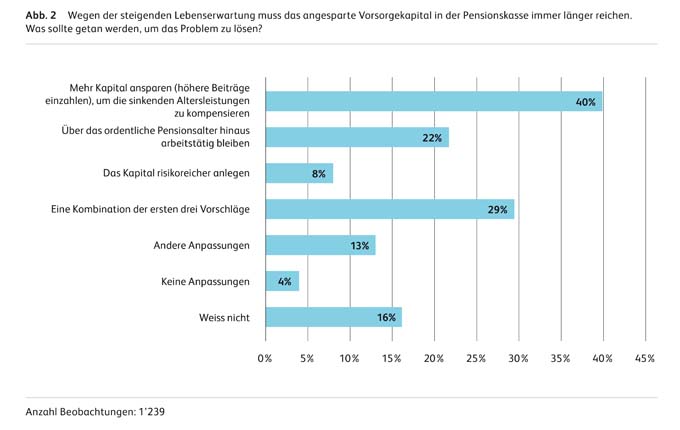





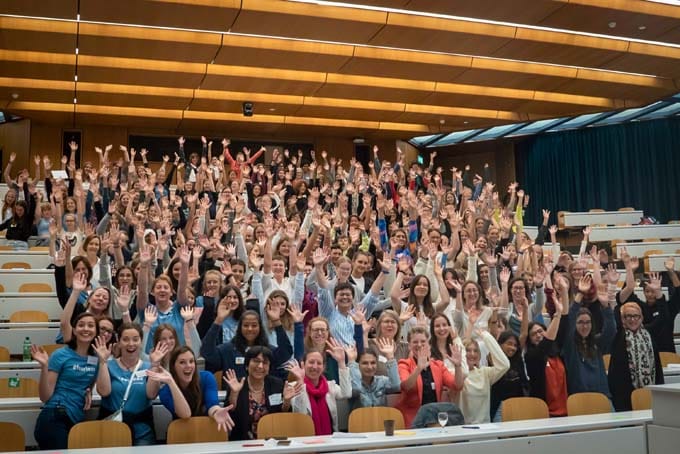
 On Thursday, Coop welcomed more than 270 business partners and agency representatives to the "Coop Retail Media Update 2022" at the Congress Center in Basel. With this event, Coop wanted to familiarize those present with its large portfolio of offers in the area of retail media. "A lot of digital campaigns today are played out via agencies, which is why it's important for them to see what we can do and how we think," said Thomas Schwetje, Head of Marketing and Digital Services at Coop.
On Thursday, Coop welcomed more than 270 business partners and agency representatives to the "Coop Retail Media Update 2022" at the Congress Center in Basel. With this event, Coop wanted to familiarize those present with its large portfolio of offers in the area of retail media. "A lot of digital campaigns today are played out via agencies, which is why it's important for them to see what we can do and how we think," said Thomas Schwetje, Head of Marketing and Digital Services at Coop.